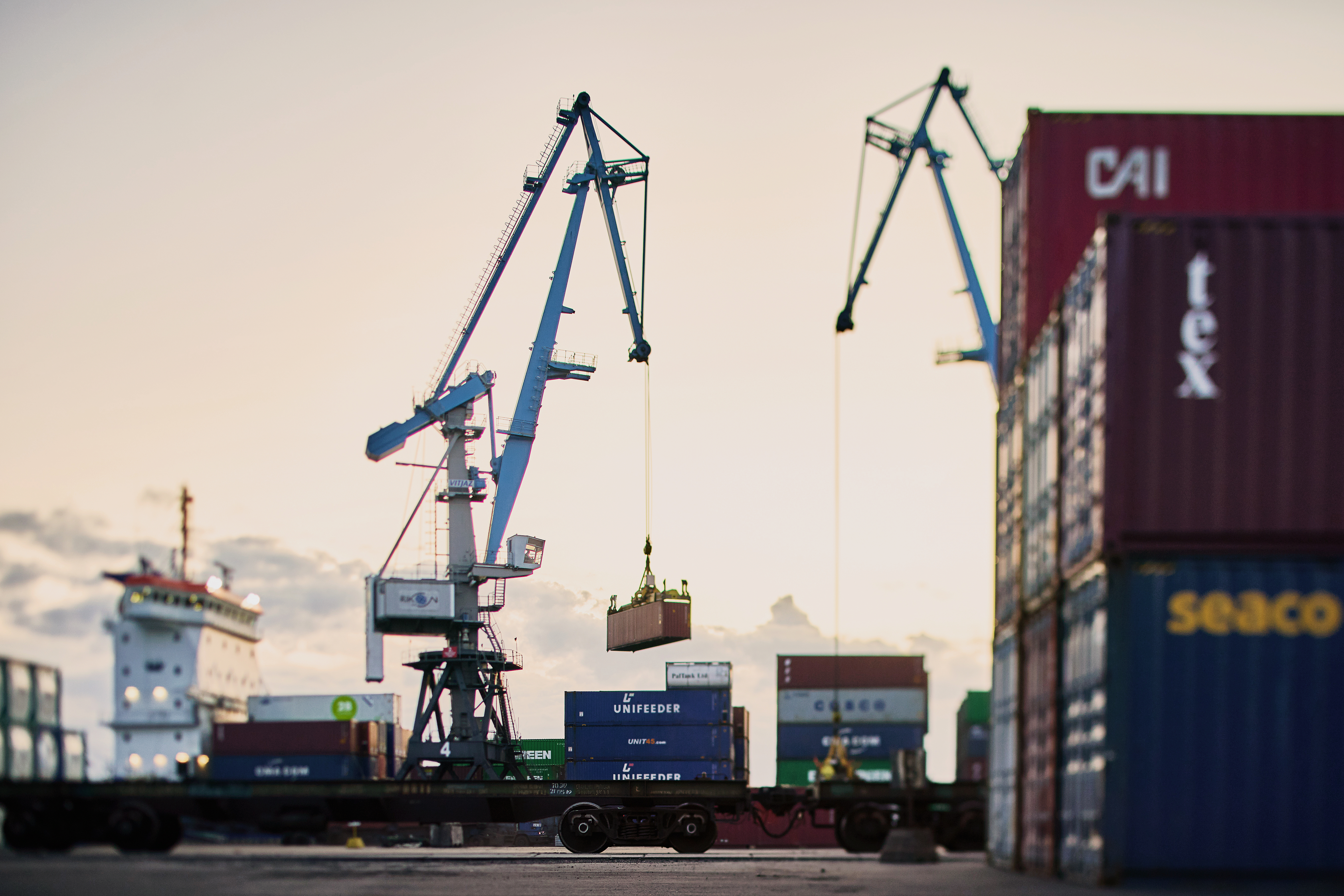
Latvia joined the North Sea-Baltic Rail Freight Corridor (RFC NS-B) at the end of 2020, and this year LDz welcomed the first visit of the freight corridor’s program management group to Riga, the main task of which is to prepare decisions for RFC NS-B management institutions.
The program management group of the North Sea-Baltic Rail Freight Corridor includes representatives of eight EU Member States through which the RFC NS-B runs, with meetings attended by representatives of railway companies and capacity distribution organizations of Latvia, Lithuania, Estonia, Poland, the Czech Republic, Germany, the Netherlands, and Belgium. Notably, amendments to EU regulations provide for adding a connection to Ukraine to this rail freight corridor.
An overview of the freight corridor’s performance in 2022 was reviewed and the financial report approved during the meeting of the program management group. Also on the meeting’s agenda were topics concerning the updating of an overview of the RFC NS-B freight corridor’s implementation plan, as well as various other matters.
Latvia along with Estonia officially joined the North Sea-Baltic Rail Freight Corridor in October 2020. The connection to Riga and Tallinn thus became a part of Europe’s network of rail freight corridors. The North Sea-Baltic Rail Freight Corridor has been created in order to provide a unified rail freight service to managers and capacity distribution organizations on all levels, and thus improve the quality, attractiveness, and efficiency of rail freight transportation within the corridor. RFC NS-B comprises over 8,000 km of railway lines and it connects main North Sea ports with Central Europe and Balkan states, providing a railway bridge between Eastern and Western Europe.
Aimed at developing a competitive European railway network comprised of international high-capacity freight corridors, an EU Regulation establishing the rail freight corridors came into force in 2010. In total, rail freight transportation takes place along eleven corridors, and the European Commission has already designated several future extensions for these corridors. The purpose of the rail freight corridors is to facilitate the transfer of freight from roads to railway by harmonizing management, improving the quality of services, planning investment, and implementing various other measures.

